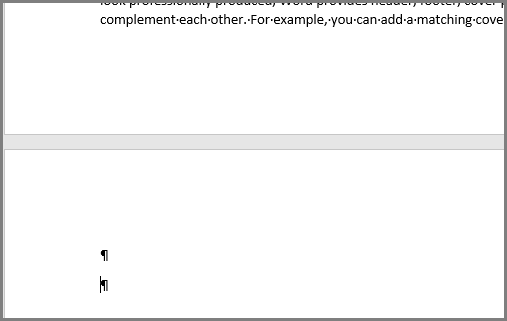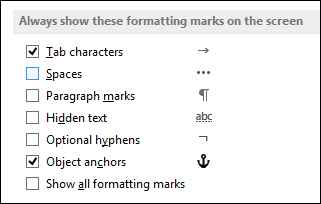
The File Browser doesn’t let you perform the kinds of sophisticated searches you can perform in a dedicated digital-asset manager, but it has all the features most users are likely to need. This can be convenient if you want to see only your best or favorite images, to which you might assign an “A” rank, for example. You can also rank them from A to E, either by selecting a single image and typing the desired ranking in the Rank field or by selecting one or more images and choosing the desired ranking from the context-sensitive menu. You can sort images by file name, resolution, width, height, file size, copyright information, color profile, or creation and modification dates. The File Browser also lets you mark images for rotation, and Photoshop will apply that rotation when you open the image. For those pesky digital-camera files with obscure default names, you can use the File Browser’s Batch Rename feature to change the names “DCS00710.TIF” through “DCS00950.TIF” to something more descriptive, such as “Dahlias 001” through “Dahlias 024.” You can move files by dragging them to a different folder or volume in the hierarchical-folder panel at the left of the Browser window, delete them by selecting them and pressing the delete key (which moves them to the Trash), or rename them by clicking on the file name and typing a new name. Photoshop’s new File Browser means that you may never have to visit the Open dialog box again.īut there’s more to the File Browser. Photoshop 7 also offers a new feature, the File Browser, that lets you find and organize your files much better than OS X’s limiting Open dialog box. This is much faster than typing numbers into the Options bar every time you use the Crop tool. For example, you can make presets for the Crop tool that crop an image to 4 by 5 inches or 8 by 10 inches at 360 pixels per inch for ink-jet prints, and 4 by 5 inches or 8 by 10 inches at 266 pixels per inch for offset printing. But if you save a workspace, you can bring up the Character and Paragraph palettes while hiding, say, the Actions and History palettes with a single menu command.Įqually valuable is the new Tool Presets palette, which lets you name and save settings for any tool and then recall the settings with a single click. For example, when you’re working on text layers, you usually need access to the Character and Paragraph palettes, but the rest of the time those palettes just take up valuable screen real estate. Saved workspaces appear on the Workspace submenu of the Window menu, so you can recall them quickly and easily. The new Workspace feature helps reduce the amount of time wasted on this activity it lets you name and save different arrangements of palettes, including the current configuration of the Info palette. Unless you’re lucky enough to have a dual-monitor setup, you probably spend a good deal of time rearranging palettes in Photoshop. And even though it may take you a while to get used to looking for the Preferences option in the Photoshop application menu rather than in the Edit menu, Photoshop 7 looks and feels like the Photoshop you’ve come to know and love.

However, a welcome addition in Photoshop 7 is the ability to rename a layer or channel simply by clicking on its name in its respective palette and then typing–much easier than the option-double-click routine required in previous versions. Given this, you may guess that the interface has changed greatly, but it hasn’t–you’ll find the familiar palettes, toolbar, menus, and shortcuts. Photoshop 7’s most significant attribute is that it runs natively in OS X.


#Adobe photoshop mac os x lion upgrade#
Digital photographers and fine artists will be pleased with Photoshop 7’s organizing and painting features, and longtime Photoshop users will find this upgrade essential. It has a depth and maturity that few other applications can match, and its latest iteration, Photoshop 7, not only offers Mac OS X support but also makes the program even more helpful for OS 9 and OS X users alike.
#Adobe photoshop mac os x lion software#
Adobe Photoshop is now 12 years old–in software years, that makes it at least an octogenarian.


 0 kommentar(er)
0 kommentar(er)
